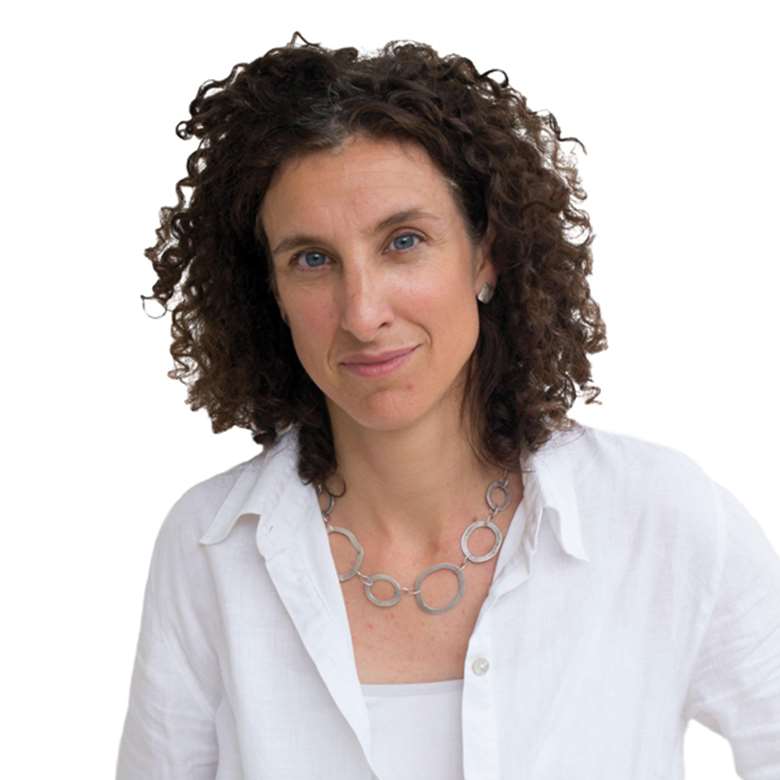Mastering the art of therapy: Lisa Harker, chief executive, The Art Room
Jess Brown
Tuesday, June 21, 2016
Jess Brown meets Lisa Harker, chief executive, The Art Room.

After five years leading the NSPCC's policy work, earlier this year Lisa Harker became chief executive of The Art Room, a charity set up in 2001 that provides art therapy to children aged five to 16 who are experiencing emotional and behavioural difficulties.
What does the Art Room do?
We offer art as therapy to children and young people to raise their self-esteem, self-confidence and independence. Many of the children we see are disengaged from mainstream education, disruptive or withdrawn and all have been identified as needing special time away from their classrooms. The problems students might have include experiencing numerous educational interruptions or having specific learning difficulties or autism spectrum disorders. Some have recently arrived in this country, others are prime carers within their family or are looked-after children.
Where does the therapy take place?
We work with seven or eight children at a time. Children come from schools in which the Art Room is based and also neighbouring schools that will refer them. We have eight art rooms and they are very unlike a school classroom. They're colourful - a sort of sanctuary within a school where a child can be peaceful.
Children come for at least a term, then we work with schools to decide if they need to come for longer. We work with more than 500 children of primary and secondary age each week, and about 50 schools across the UK.
What does the therapy consist of?
The Art Room has a vision of helping children transform everyday objects into works of art. This is sort of a metaphor of what happens therapeutically because the practitioners work intensively with the children to help them build their self-esteem and confidence and address their emotional and behavioural difficulties. Children may need help with their emotional wellbeing in order to thrive at school, and the aim is for them to cope better in the classroom.
Why is art an effective means?
Art is a very beneficial way to work therapeutically with children. It can particularly help a child finding it difficult to express themselves verbally and acting out through behaviour. Coming to a place where they can have sanctuary and intensive therapeutic work can help a child find school easier and help them to learn.
How closely do you work with schools?
It is a collaboration with schools. We work with them to decide on who would be appropriate to come to the Art Room, and put together a group of children carefully who will work well together. The dynamics of the group are important. We work with schools to get details to help us understand their particular needs, and work with them to assess the difference we've made.
What are the needs of the children?
A lot of the children we work with have mental health difficulties, but may not be in touch with mental health services. We're seeing children who have very high mental health concerns, but because of the lack of investment in child and adolescent mental health services, there's little available for those children until they reach a threshold where support can be provided. Many have special educational needs (SEN). Their learning has often been affected by their emotional state or mental health, or they may have a learning disability of some kind. Schools have struggled to find the resources to provide support for anything other than high levels of SEN.
Can it help struggling children achieve at school?
These kinds of interventions help schools to provide alternative responses to children who are displaying disruptive behaviour, and these interventions show that with the right support, children can reassess learning.
An exclusion from school is often a failure on behalf of the school to be able to provide the right support for children to learn and absolutely has to be the last resort.
A big part of the attainment gap can be explained by our failure to address children's mental health and emotional wellbeing concerns. Until we are serious about putting in place the right kind of interventions for children, that attainment gap will not close.
How big a role can schools play in supporting mental health?
It is imperative that schools are given access to some of the resources that are being allocated as part of the Future in Mind changes and the transformation plans that are being drawn up.
Schools need to be absolutely central to the agenda and receive some of the resources the government has put aside for children's mental health.
Is there enthusiasm from schools to do this?
We're at the forefront of a revolution in how schools support child mental health. Schools recognise that children cannot reach their potential to learn if their mental health is an issue. In the next decade, we'll see a rapid expansion of this kind of intervention and I'm proud the Art Room is championing that.
Lisa Harker CV
- April 2016 - present: Chief executive of The Art Room
- January 2011 - March 2016: Director of strategic policy and evidence at NSPCC
- 2007 - 2010: Co-director, Institute for Public Policy Research
- 2003 - 2007: Freelance policy adviser




